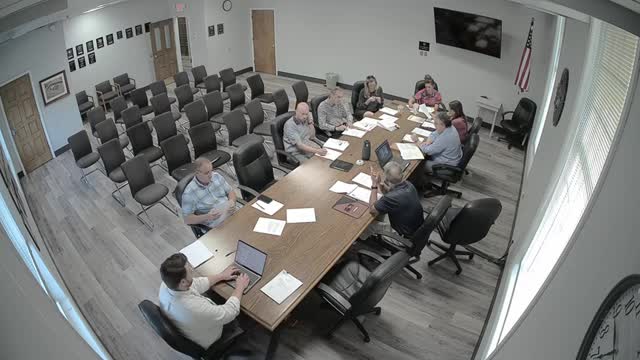Rising juvenile crime sparks urgent legislative response
August 21, 2024 | Sumner County, Tennessee
This article was created by AI summarizing key points discussed. AI makes mistakes, so for full details and context, please refer to the video of the full meeting. Please report any errors so we can fix them. Report an error »

In a recent government meeting, significant discussions centered around changes to juvenile felony classifications and the rising trend of juvenile offenses. A new statute has redefined certain offenses as E felonies, which now apply to juveniles, marking a shift in how the legal system addresses youth crime.
The meeting highlighted that while juvenile courts traditionally do not categorize offenses in terms of felonies or misdemeanors, the introduction of E felonies—considered the lowest level of felony—demonstrates a growing concern over the severity of juvenile crime. The sentencing range for these offenses is between one to three years, although actual prison time may not be a guaranteed outcome.
Participants noted a troubling trend: juveniles involved in criminal activities are getting younger, with instances of children as young as twelve being implicated. This shift raises questions about the motivations behind such actions, with some behaviors being interpreted as jokes but taken seriously by authorities.
To address these issues, the court can mandate state-funded evaluations for juveniles involved in serious incidents, aiming to better understand their circumstances and potential risks. The meeting also revealed plans for collaboration between the court, the district attorney, and the state Department of Homeland Security to enhance responses to juvenile crime in the community.
As these discussions unfold, the implications for juvenile justice and community safety remain a focal point for local authorities.
The meeting highlighted that while juvenile courts traditionally do not categorize offenses in terms of felonies or misdemeanors, the introduction of E felonies—considered the lowest level of felony—demonstrates a growing concern over the severity of juvenile crime. The sentencing range for these offenses is between one to three years, although actual prison time may not be a guaranteed outcome.
Participants noted a troubling trend: juveniles involved in criminal activities are getting younger, with instances of children as young as twelve being implicated. This shift raises questions about the motivations behind such actions, with some behaviors being interpreted as jokes but taken seriously by authorities.
To address these issues, the court can mandate state-funded evaluations for juveniles involved in serious incidents, aiming to better understand their circumstances and potential risks. The meeting also revealed plans for collaboration between the court, the district attorney, and the state Department of Homeland Security to enhance responses to juvenile crime in the community.
As these discussions unfold, the implications for juvenile justice and community safety remain a focal point for local authorities.
View full meeting
This article is based on a recent meeting—watch the full video and explore the complete transcript for deeper insights into the discussion.
View full meeting
